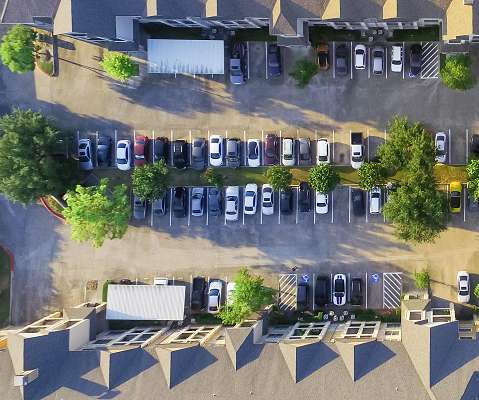Toshiba’s SCiB battery for the Fit EV
Green Car Congress
NOVEMBER 17, 2011
The SCiB cells use lithium titanate oxide in the battery anode, enabling rapid charge times and a long battery life, with stable power discharge in a wide range of environments. The company will also promote use of the battery in other areas, including as a stationary power storage device in smart grids.












Let's personalize your content